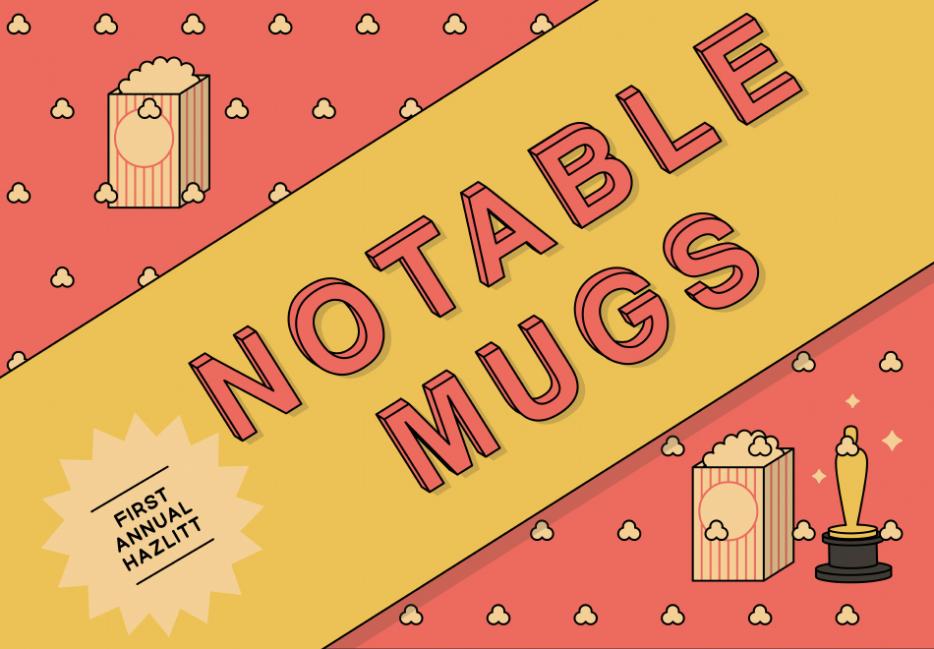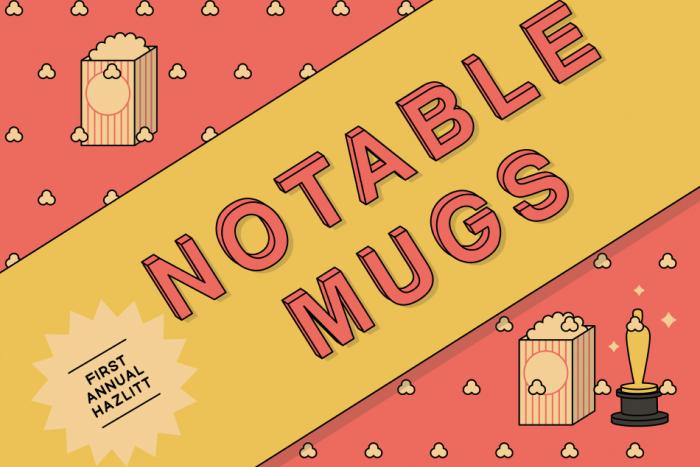
Illustration by Eleanor Davis
What’s in a face? This week, we invited ten writers to take part in a statuette-free celebration of what draws us to the people we can’t stop watching. Read the whole series here.
I've seen Precious only as gifs. I’ve torrented American Horror Stories Coven and Freak Show, but never made it past the first few episodes of either. I once drunkenly set a reminder titled Big C. I’ll give Empire.s1e1.720p.HDTV.x264-DIMENSION.mkv a fair shake, I swear. This time will be different.
I bring my viewing habits into focus, erratic as they are, because there’s enough here to wildly trip over a few conclusions: One, I do not finish content; two, but I always try if it means catching a glimpse of actress Gabourey Sidibe (Hi, Gabby) (Hiii); and three, I’ve only seen her on a screen no larger than a pack of smokes.
Maybe it’s the power a screen has to warp space and time. One minute you’re at a bus stop, age curling around you, and the next you’re lost in a face. Her face.
I’ve been drawn to Sidibe since her Oscar nominated turn invited the world to her existence, some would say by design, but I think it’s because her features are... familiar. I’ve seen that face before, across my desk in high school homeroom, across people I’ve dated, and as our celebrities look more and more like PS4s, that familiarity is almost comforting.
I could go on about her cheeks, proud and buoyant—there was that stunning cover in V Magazine back in 2010—or the ease with which she unlocks a smile. But I’d like to talk, instead, about Sidibe’s eyes.
You must understand, they were replaced some time ago with jewels, liquid and deliberate—onyx, maybe, something crystalline. Behind those eyelashes, they have the effect of louvered light, the kind that sweeps a space, or narrows, by the angle of some unknown and distant sun.
All of this is framed by her eyebrows—those cheeks—and the choreography of micromuscles below, for what I’ve always admired is the emotive depth of Sidibe’s gaze. Disbelief and insouciance, terror and DGAF—so much is felt, and said, in a flash.
Think of all of us who have convulsed in laughter barely able to stand up, or suffered news so horrible we crack and hiss at the seams; our bodies act out the brunt of our emotions, but our eyes, the narrowing of our brows, all those muscles, like hers, do the difficult work of translating them into a message that can pierce across a room, across time, across the aperture of a tiny screen on a three-year-old phone.
Or perhaps I feel this way because she is familiar. Closer to any experience I’ve ever known.
I know how plain this must sound; I’m celebrating a kind of authenticity when that’s just another word for scarcity in our time of abundance, but we’re talking stars here and Sidibe is a constellation, lit from some interminable distance, projected outward against smoked glass.






